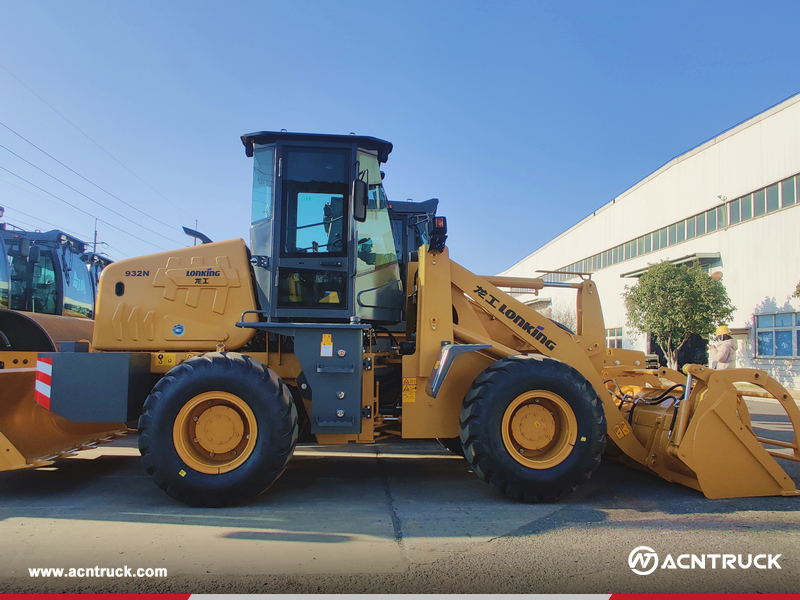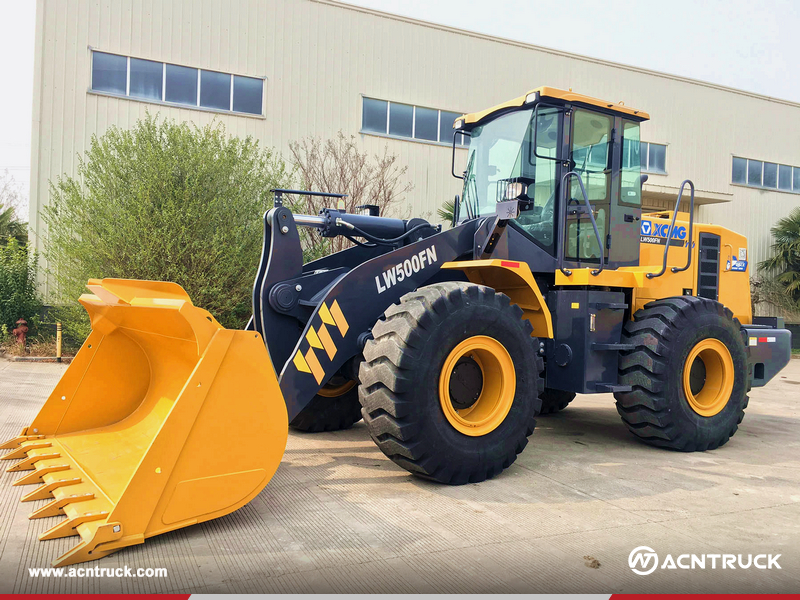Loader, in many fields such as construction, mining, transportation, energy and national defence, is an indispensable mechanical equipment. It greatly accelerates project progress, ensures project quality and effectively reduces construction costs. However, while enjoying the convenience of the loader, safe operation is also vital. It is not only about the construction progress, but also directly related to the safety of the operator's life.

First of all, we need to clarify the main function of the loader, that is, loading and unloading materials. In the process of use, to ensure that the working distance is controlled within a reasonable range, beyond the best with the dump truck for the operation. At the same time, the loader shall not operate on the site with an inclination exceeding the specified level, in order to prevent the centre of gravity from shifting and leading to tip-over accidents. All obstacles should be removed from the operation area and ensure that no unrelated people stay.
Before operation, a thorough inspection must be carried out. Check whether the lighting and sound devices are intact, whether the fuel, lubricating oil and hydraulic oil are sufficient and following the standard, whether the connecting parts are tight, whether there is any leakage in the hydraulic and fluid transmission system, whether the steering and braking system is sensitive and effective, and whether the tyre pressure is up to standard. In addition, the operator must be licensed, which is the basis for safe operation.
After starting the internal combustion engine, it should be idling for a period of time, to be normal indicators of each instrument, pipeline sealing and water temperature, air pressure to reach the prescribed value before starting. Before starting, you need to sound a signal, lift the bucket about 0.5 metres from the ground, and test the reliability of the brake while driving. In the process of traveling, special attention should be paid to avoid sharp turns or emergency braking, especially after the bucket is loaded, in order to prevent the machine from destabilising and tipping over. At the same time, it is strictly prohibited to carry non-regulated personnel, and the bucket is strictly prohibited to carry people.

When loading operation, according to the density of materials to reasonably determine the amount of loading, the bucket should be uniform from the front shovel material, to avoid unilateral force. When unloading, the lifting arm should turn the bucket slowly at low speed. When transporting after loading, the lower point of the shovel arm should be about 0.5m away from the ground to keep driving smoothly. When unloading on slopes, trenches and other terrain, make sure that the tyres are at a safe distance from the edge, and the bucket should not be over-extended.
In addition, attention should be paid to temperature monitoring. During operation, pay close attention to the temperature of the internal combustion engine and torque converter oil to avoid overheating that affects performance or accelerates the aging of components. Once the temperature is found to exceed the standard, it should immediately stop the machine to cool down.
After the operation, the loader should be parked in a safe place, the bucket is flat on the ground, the lever is placed in the middle position and the brake is locked. When stopping the machine should gradually reduce the speed of the internal combustion engine to avoid sudden flameout.
In short, safe operation of the loader is the responsibility of every operator. Only by strictly abiding by the safety norms, can we ensure construction safety, improve work efficiency, and provide a strong guarantee for the smooth progress of all kinds of engineering projects.
